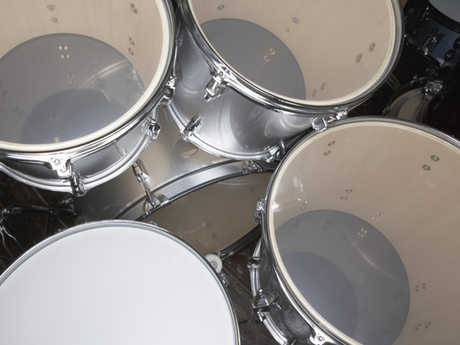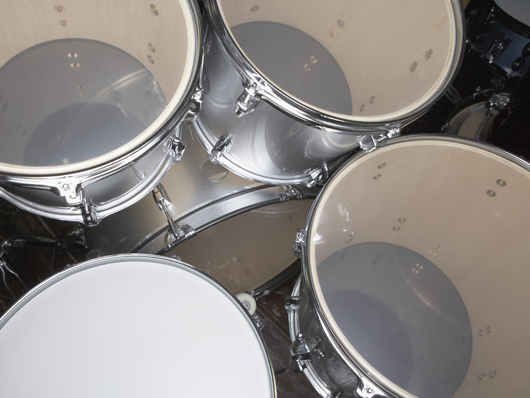10 more essential damping tips for drummers
How to damp your kit correctly


Following part one's damping guide, here are 10 more essential tips courtesy of our friends at Rhythm Magazine. From the bottom…
1. Damp the bottom head
The bottom is the resonant head, so damping it will often be more effective than damping the top. It's out of the way of your sticks too.
2. Try Moon Gel
Instead of tape, tryMoon Gel. It comes in handy tubs and just dollops onto the head. Experiment to find where it's the most effective.
3. Try it on a cymbal, too
You may even occasionally want to dampen a cymbal by a small amount - Moon Gel works well here again.
4. Don't over do it
Sticky tape on the underside of the cymbal also works, but don't over do it. Remember that it can be difficult to remove.
5. Try double-ply heads
Many designs incorporate damping. Double-ply heads, especially if they are bonded, like Pinstripes, cut out a lot of overtones.

6. Or vented heads
Other designs, like Evans Genera Dry, are 'vented' with pin-sized perforations. The holes control decay and focus the sound more.
Want all the hottest music and gear news, reviews, deals, features and more, direct to your inbox? Sign up here.
7. …but not on the kick
Bass drums are a special case: they usually have a greater internal volume; the head is struck with a fat beater rather than a thin stick.
8.Bass drums need felt or paper
Bass drum solutions range from a felt strip across the head, tucked under the bearing edges, to putting shredded paper inside.
9. Think before you cut
Remember that cutting a hole in your front base drum head results in a big loss of overtones and resonance straight off.
10.Finally, the good old pillow
Drummers still use a small pillow touching the bass drum's batter head. The pillow is best taped down to stop it moving around.